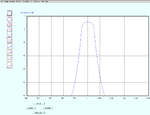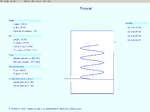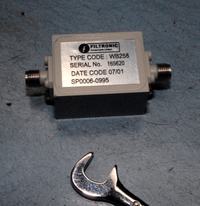ashishchandra
Junior Member level 2

I want to design a BPF at 1Ghz with the following specifications:
1) 1dB bandwidth 10Mhz
2) 40dB Bandwidth 20Mhz
but i not able to find any filter topology in microstrip which will give 1% bandwidth with high rejection in stopband(40dB) with low insertion loss of around 5-10dB
SO, please help me in this regard....
if other filter techniques(like suspended stripline,) for designing this type filter is available please do tell me .......:???:
1) 1dB bandwidth 10Mhz
2) 40dB Bandwidth 20Mhz
but i not able to find any filter topology in microstrip which will give 1% bandwidth with high rejection in stopband(40dB) with low insertion loss of around 5-10dB
SO, please help me in this regard....
if other filter techniques(like suspended stripline,) for designing this type filter is available please do tell me .......:???:














